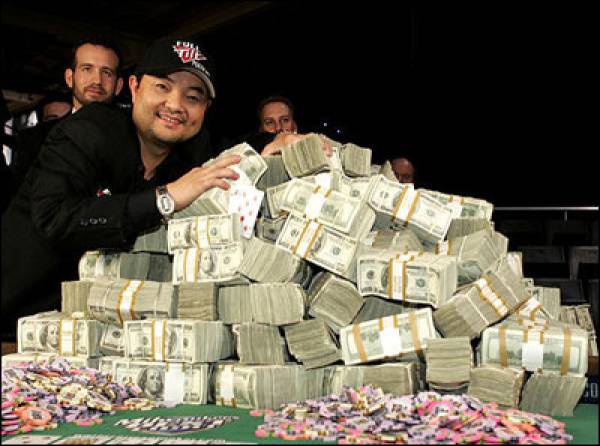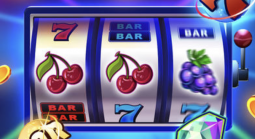2009 World Series of Poker Leaders (Monday 4 pm PST)

The 2009 World Series of Poker leaders appear below. 130 individuals remained in the Main Event at this time. It should be noted that Phil Ivey remained in the thick of things as well.
Billy Kopp - 4,660,000 chips. Kopp is a relative unknown who has managed to hang around the top 10 the last few days. He's earned over $200,000 in live tournaments since last year.
Charlie Elias - 4,400,000 chips. Elias is an amateur who has no recorded results to date.
Warren Zackey - 3,950,000 chips.
Tom Schneider - 3,795,000 chips. He was the leader early on and has hung in there. Schneider has enjoyed success on the poker circuit, winning $1.5 million lifetime.
Antoine Saout - 3,240,000 chips.
John Martin - 3,200,000 chips.
Darvin Moon - 3,200,000 chips
Jamie Brown - 3,120,000 chips
Ludovic Lacay - 3,100,000 chips - He has managed to hang around the top 10 for some time. Lacay has only $25,000 in total circuit winnings to date.
Kasper Cordes - 3,060,000 chips
Other notables still doing well included Noah Boaken, Antonio Esfandiari, James Akenhead, Fabrice Soulier, Dennis Phillips, Kenny Tran, Blair Hinkle and David Benyamine.
Matt Afleck, who led early, dropped over a million chips.
Bertrand "ElkY" Grospellier was on the verge of busting at press time, down 300,000 chips.
Remember, Celebrity Bounty Tournaments start up again shortly at Doylesroom.com. Play with Mickey Rourke, Nicky Hilton and the man, the myth, the legend - Doyle Brunson himself.
Ace King, Gambling911.com













